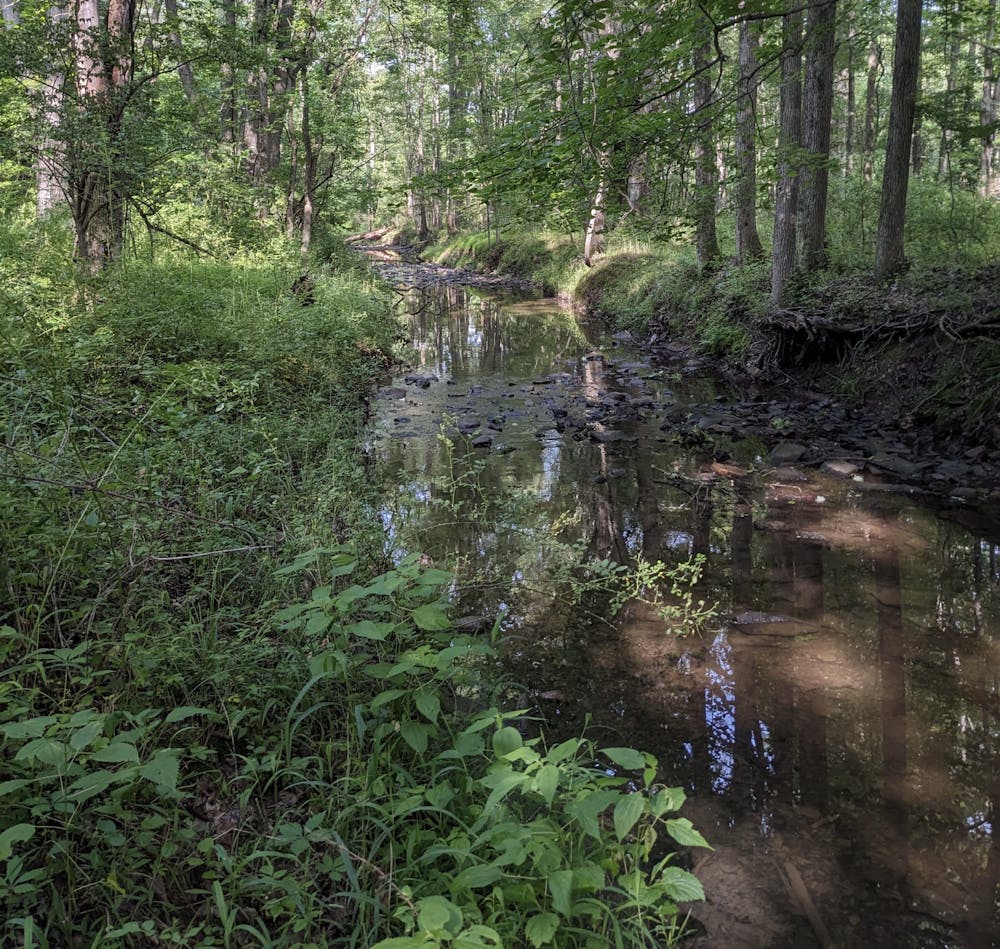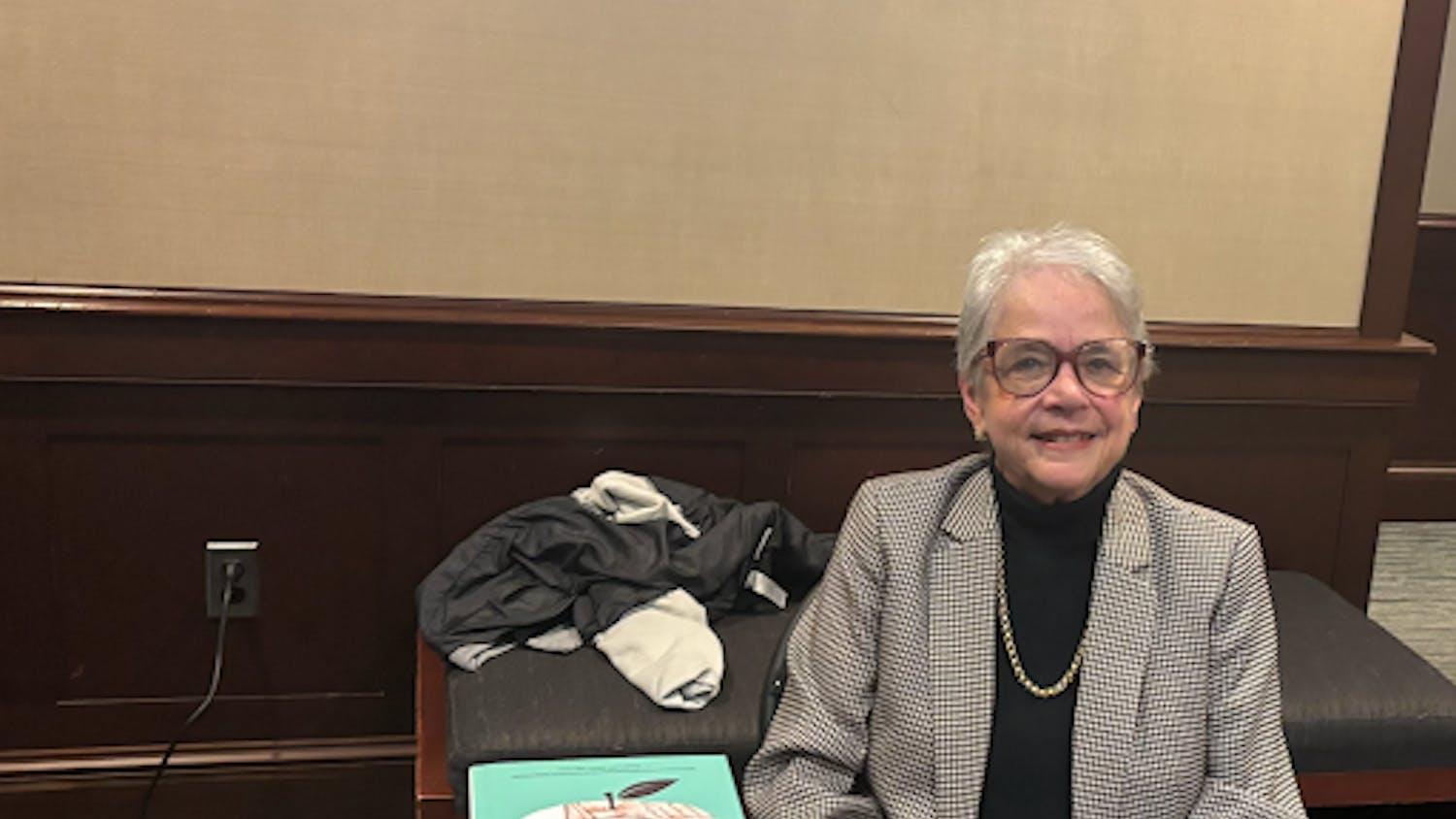By Isabella Darcy
Managing Editor
Deborah Miliaresis has spent the last three months overwhelmed by the prospect of development near her neighborhood. The 52-year-old lives next to a 100-acre natural habitat that is owned by the College in southern Hopewell Township. Woodlands, wetlands and streams make up the habitat, and separate Miliaresis’s neighborhood from developed parts of the community.
“It means everything to me,” Miliaresis told The Signal.
Miliaresis enjoys her fairly secluded and quiet neighborhood, and likes her proximity to numerous plant and animal species. Bald eagles, box turtles and deer are just some of the wildlife that call the habitat home. This could change soon.
Township adopts plans to build under a looming state mandate
Under the Mount Laurel doctrine, established by the New Jersey Supreme Court in 1975, each municipality must provide a “fair share” of affordable housing opportunities.
On June 27, the Hopewell Township Committee finalized the township’s strategy for meeting affordable housing obligations through 2035 by voting to adopt a new Housing Element and Fair Share Plan, according to a township news release.
The plan includes building new housing units, maintaining existing units and converting existing structures into affordable housing. Before the township can begin any construction, a full planning process must be completed, involving traffic, sewer, water and environmental reviews of the areas that surround where the housing may go.
The set of properties owned by the College that contain the natural habitat near Miliaresis’s neighborhood is a part of the plan and is located approximately one mile from campus. On that land, general affordable units, age-restricted units and units within an assisted living facility are slated to be built. The College itself is not developing the property; however, it is partnering with the company American Properties, according to the housing plan.
“TCNJ has been exploring the possibility of selling this property for the past several months,” said Luke Sacks, the College’s head media relations officer, in an emailed statement to The Signal. “How the land will ultimately be used will be determined by the buyer.”

The parcels of land outlined in blue, south of Interstate 295 and north of Bull Run Road, are owned by the College. (Screengrab courtesy of the New Jersey Department of Environmental Protection, map by Isabella Darcy)
Hopewell Township Mayor Courtney Peters-Manning said the plan is a “major win for residents” in the township's news release, citing that it allowed the township to avoid even further development and met a state-mandated June 30 deadline to submit plans. Meeting the deadline protects the township from “builders remedy” lawsuits, which could force development without local control.
Residents say there is “a lot to lose”
David Galli grew up surrounded by nature in the same neighborhood Miliaresis lives in, but has since moved to a more northern part of Hopewell Township. Galli remains connected to his old neighborhood through the Camelot Nursery School, which he owns with his wife.
The natural habitat is one of the last spots in southern Hopewell Township not to be developed, according to Galli. Development over the years has increased traffic congestion, bulldozed open space and limited the number of places wildlife can live in the township.
“It’s completely out of hand,” Galli said. “Quality of life is completely diminished and it's going to get worse.”
Galli and Miliaresis both said they would leave the neighborhood if the development plans are pursued. In the meantime, they and other locals are advocating for the township to leave the land alone.
“There hasn’t been a day since June 16 that I haven’t been actively working on this to either get answers to figure out where we stand, to outreach, to knock on people's doors,” Miliaresis said. “That’s how I spend my weekends. I walk around and knock on people’s doors.”
Advocacy efforts were brought to social media in July, when Miliaresis, Galli and his wife, Susan, began a Facebook group for those who are dedicated to the preservation of the woodlands. The group, titled Bull Run Woodlands Preservation Team, currently has 234 members.
Group members believe preserving the wetlands, streams, lake, flora and fauna in the area is vital to the well-being of the people and animals who live in the community, as well as the health of the environment.
Environmental impacts of development
Replacing natural areas with impervious surfaces, like roads and rooftops, reduces the amount of water that can infiltrate the ground, according to Michael Pisauro, the policy director for The Watershed Institute. Less water being absorbed into the ground can create more stormwater runoff and flooding.
“When we increase how much runs off our land and into our streams, everything that we put on our land — all the fertilizers, the pesticides, the brake dust, the oil, antifreeze that drips out of our our cars, all the dust and dirt that we turn up — all of that runs off when it rains,” Pisauro told The Signal.
Too much water runoff overwhelms storm drains, raises water levels in streams, causes localized flooding and contaminates water bodies.
A tributary of Shabakunk Creek runs through the property owned by the College and into Assunpink Creek, a major tributary of the Delaware River. The Shabakunk also flows through the College’s Lake Sylva, which already has water quality concerns leading to issues such as Harmful Algal Blooms.
The property in question already floods during heavy rainfall, and residents fear that this will only be exacerbated if development occurs.
“If the land is built on, it would change the landscape of the neighborhood dramatically. It’ll never be the same,” Miliaresis said. “I don’t know what to say. It’s just very sad.”







